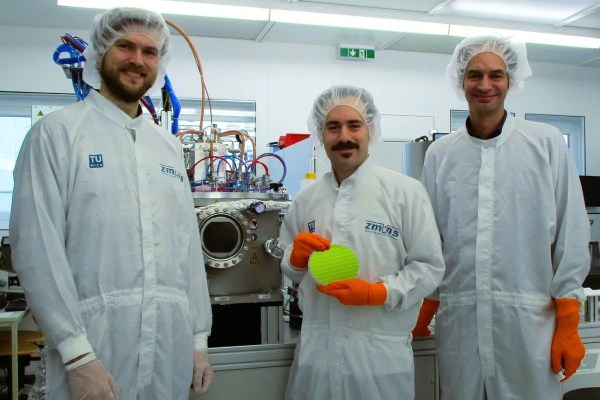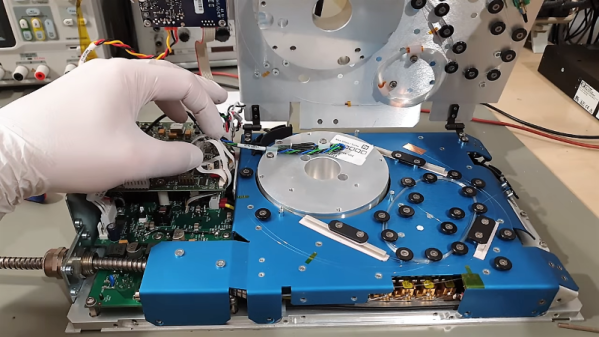Not every computer can make use of a disk drive when it needs to store persistent data. Embedded systems especially have pushed the development of a series of erasable programmable read-only memories (EPROMs) because of their need for speed and reliability. But erasing memory and writing it over again, whether it’s an EPROM, an EEPROM, an FPGA, or some other type of configurable solid-state memory is just scratching the surface of what it might be possible to get integrated circuits and their transistors to do. This team has created a transistor that itself is programmable.
Rather than doping the semiconductor material with impurities to create the electrical characteristics needed for the transistor, the team from TU Wien in Vienna has developed a way to “electrostatically dope” the semiconductor, using electric fields instead of physical impurities to achieve the performance needed in the material. A second gate, called the program gate, can be used to reconfigure the electric fields within the transistor, changing its properties on the fly. This still requires some electrical control, though, so the team doesn’t expect their new invention to outright replace all transistors in the future, and they also note that it’s unlikely that these could be made as small as existing transistors due to the extra complexity.
While the article from IEEE lists some potential applications for this technology in the broad sense, we’d like to see what these transistors are actually capable of doing on a more specific level. It seems like these types of circuits could improve efficiency, as fewer transistors might be needed for a wider variety of tasks, and that there are certainly some enhanced security features these could provide as well. For a refresher on the operation of an everyday transistor, though, take a look at this guide to the field-effect transistor.













